Hai Duong

Hai Duong Province lies midway between Hanoi and Hai Phong in the Red River Delta. It is experiencing economic development and is expected to become a centrally governed city. Although its area is only half of Hanoi's, it has 2 million people, ranking 8th in the country's population.
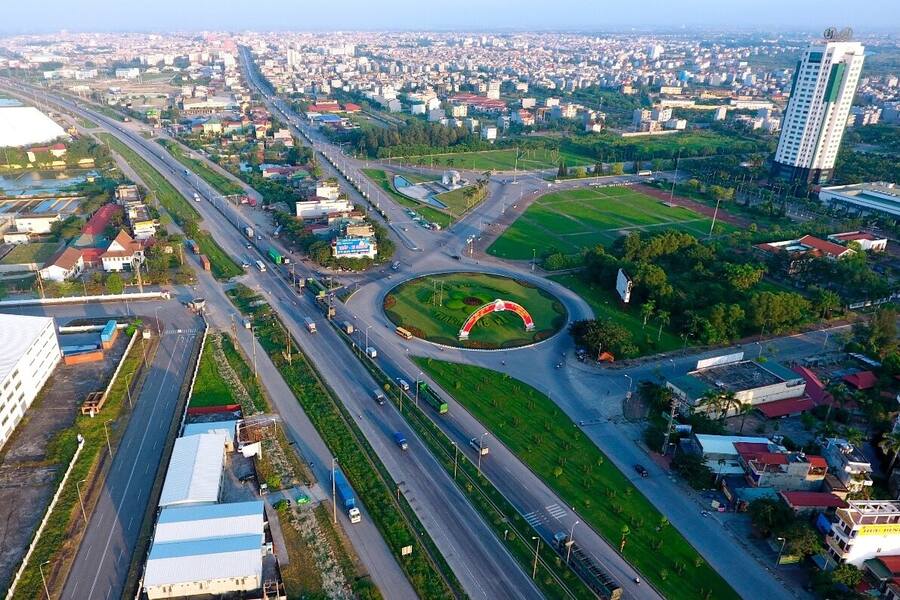
Hai Duong City is developing into a modern, environmentally friendly urban center. Photo: Kien truc Viet Nam
Ironically, despite its maritime-sounding name (“Hai” means sea), Hai Duong doesn't touch the sea. Nonetheless, this doesn't make the province less interesting; on the contrary, there are numerous things to see. Let's explore Hai Duong province with Asia King Travel.
"Hai Duong" actually means "the light from the coastal region shines upon," as it was located east of Thang Long Citadel. In feudal times, the region was often called "Xu Dong," the eastern region surrounding Thang Long.
The province has many places associated with feudal history. Chi Linh City is especially sacred, where Vietnamese scholars and generals were born and shined. Van Kiep Port in Chi Linh was a naval base during the Ly and Tran dynasties. In the second Mongol invasion in 1285, about 300,000 Mongol troops invaded Van Kiep, but only a few months later, they were defeated and retreated.
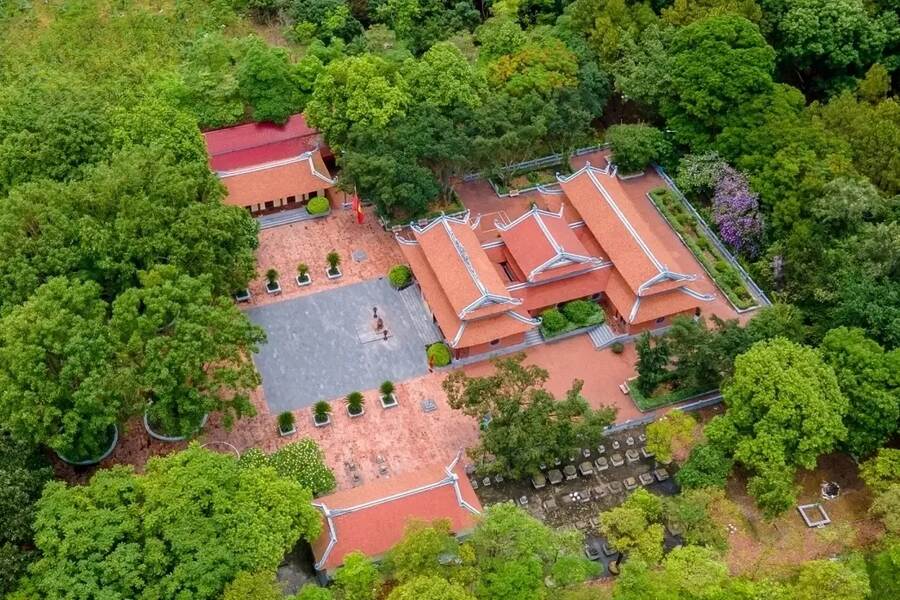
Con Son - Kiep Bac was once home to many notable Vietnamese individuals. Photo: VOV
Con Son—Kiep Bac Historical Complex still houses stories about cultural celebrities such as Nguyen Trai, Chu Van An, Tran Nguyen Han, and Zen Masters. General Tran Quoc Tuan—who commanded Dai Viet to victory three times against the Mongols—is also worshiped at Kiep Bac Temple.
Hai Duong has always been a hotspot in the upheavals of Vietnamese history, suffering many losses in wars. Today, the province is developing rapidly to become an economic center, along with other provinces in the Metropolitan Area. With abundant resources and outstanding people, a bright future is not far away.
Traveling by road is the most convenient way since many highways run through the province. The most common route is via National Highway 5, connecting Hanoi to Hai Phong. From Hanoi, you cross Ving Tuy Bridge or Thanh Tri Bridge to enter Long Bien District, then turn right onto Co Linh Road (for cars) or Nguyen Van Linh Road (for motorcycles) to the national highway. It takes just over an hour to drive to Hai Duong City.

Quang Thanh Bridge connects Hai Duong and Hai Phong. Photo: Giang Chinh
Traveling by train is a more interesting and leisurely experience The province has Phu Thai, Hai Duong, and Cam Giang stations on the way to Hai Phong. Trains depart from Long Bien station, and from Hanoi station on weekends.
Hai Duong is in the northern tropical monsoon region, so you can experience all four seasons. Spring arrives in the first three months of the year with pleasant weather, blooming flowers, and fresh air, undoubtedly the best time to visit. Moreover, temples and pagodas hold spring festivals, giving you the experience of Vietnamese New Year.
June and July are also worth considering. This is the time to harvest lychee, a Hai Duong’s fruit specialty. You can enjoy endless juicy lychees at almost zero price. The weather may be hot, but the rural atmosphere will help cool things down a bit.
Suggested for you: Northern Vietnam Tour 5 days: Explore the Essence
Thanh Ha District is the lychee’s home sweet home. It is the oldest lychee-growing region and also produces the best varieties. In the main harvest season, a lychee can be as big as a chicken egg, with small seeds, plenty of juice, and thick sweet flesh. The fruit has health benefits, but it should be consumed in moderation daily as it can cause heat and itching.
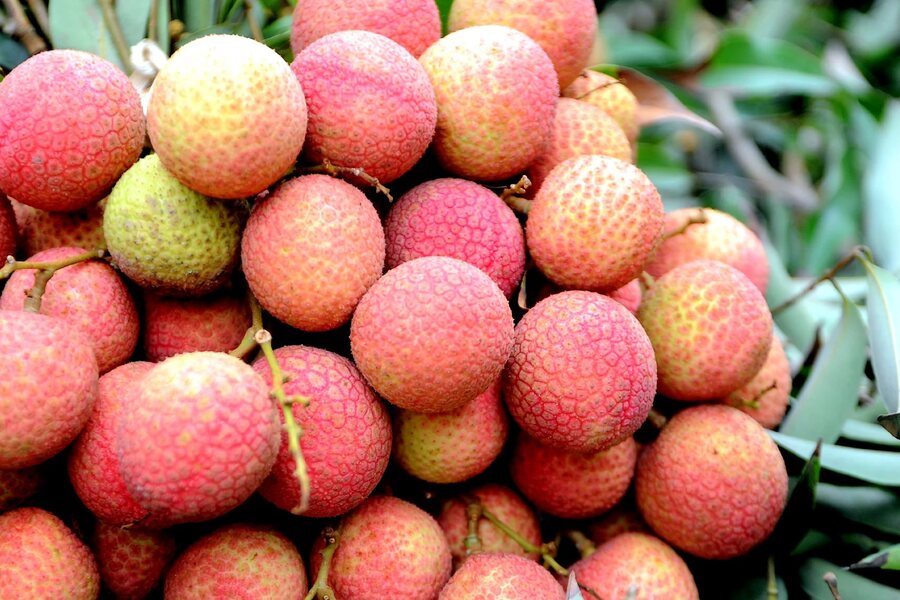
When ripe, Thanh Ha lychees are plump and have bright red skin. Photo: aFamily
The district also preserves a 200-year-old lychee tree, widely known as the "ancestral lychee tree". The tree remains green and healthy, yielding sweet fruits every year. Grafts from this tree have been successfully planted in many places. When visiting Hai Duong to enjoy lychees, don't forget to visit the ancestral lychee tree.
Green bean cakes are a humble local delicacy. Made with a simple blend of ground green beans, sugar, and lard, these cakes have a sweet taste. They are often cut into squares and wrapped in silver foil. Having a fragile texture that requires gentle handling, it is somehow pixel-perfect in refined tea time.

Take a moment to savor the green cake, allowing the sweetness to unfold on your tongue slowly. Photo: Hong Lam
Ruoi looks a bit like an earthworm. Its appearance might seem a little "scary" at first, but it has high nutritional value and delicious flavor. Ruoi can be found in rural areas of Northern Vietnam. Locals in Tu Ky District treat it as a specialty and cook various dishes to serve guests. If you can get past the initial hesitation, you’ll discover its rich, sweet taste is truly something to savor.

Ruoi patties will help you get used to eating this kind of food. Photo: Thanh Nien
Mac Dinh Chi was born in Nam Sach District. Although he was exceptionally intelligent, he had an unattractive appearance. When he achieved Trang Nguyen (the highest academic title in the feudal exam) ”, King Tran was unimpressed with his looks. In response, he composed a poem comparing himself to a lotus, implying that while his appearance might be unattractive, his character remained pure. The king praised and appointed him to important official positions.
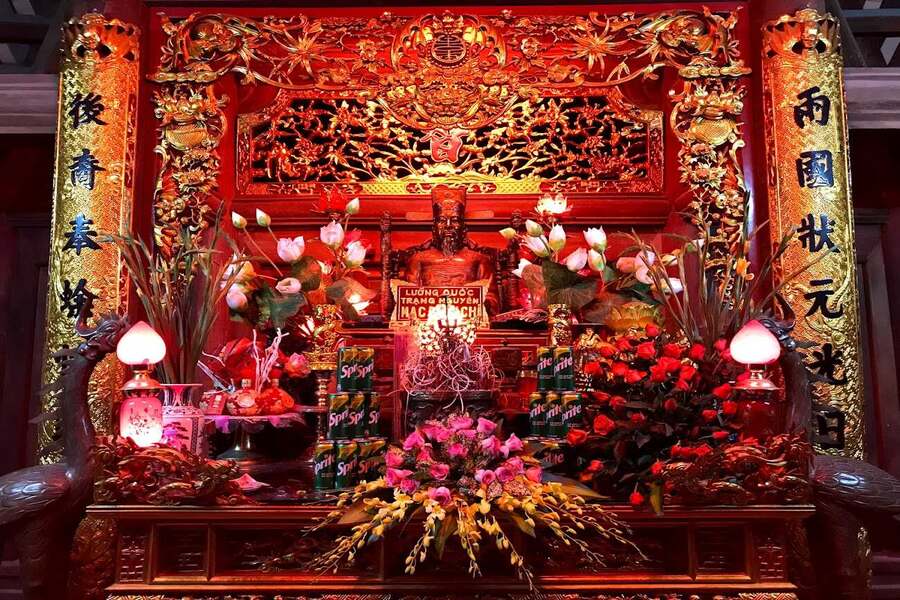
Mac Dinh Chi worship temple in Nam Sach District. Photo: Chon Thieng
His most famous story is his diplomatic mission to the Yuan Dynasty. He faced tricky situations, from crossing the border to having a meeting with the Yuan Emperor. However, he handled everything with extraordinary skill. The Yuan Emperor bestowed upon him "Dual-Nation Trang Nguyen," recognizing him as the most brilliant scholar in both countries.
Nguyen Trai was a great Vietnamese scholar. He led the Lam Son uprising, defeating the Ming invaders and establishing the glorious Later Le Dynasty. He was a son of the sacred land of Chi Linh District.
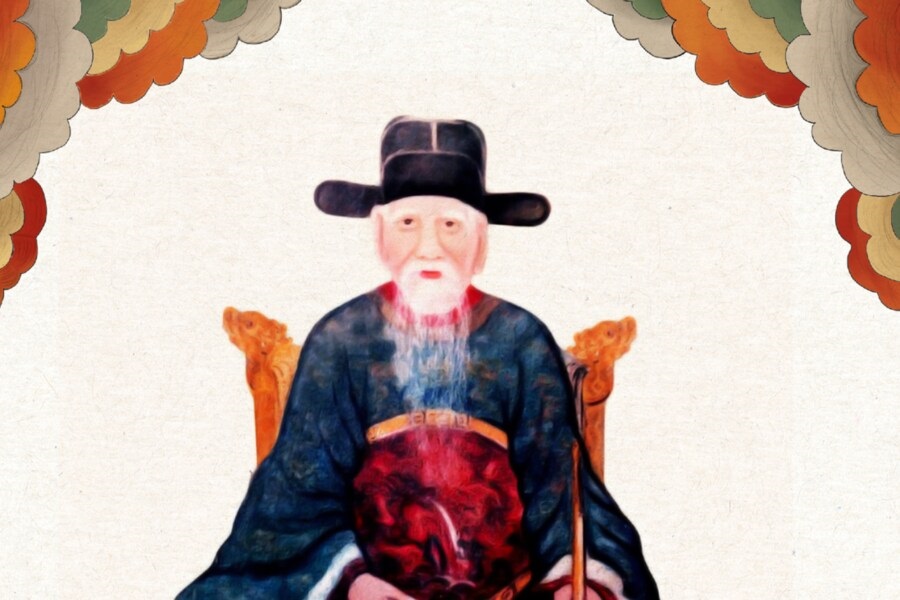
A portrait of Nguyen Trai
He left behind a rich literary legacy encompassing various genres, from poetry and philosophical treatises to historical and geographical works. Tragically, he was wrongfully convicted of assasinate the king and his entire family was exterminated. Today most cities in Vietnam have named major streets after him.
Also from Chi Linh, Mr. Nguyen Luong Bang was a significant Vietnamese revolutionary and politician in the 20th century. He was born in a patriotic, Confucian family. Seeing the country under colonial rule, he followed Ho Chi Minh for national liberation. Despite multiple imprisonments, he successfully escaped and consistently continued his revolutionary path.

Mr. Nguyen Luong Bang and his family
He once served as the Vice President of Vietnam. After passed away, a memorial was built in his hometown, and many important streets in major cities were named after him. Many literary works and films have also depicted his life.
Notable people:
Hai Duong, a land blessed with natural beauty and talented people, now invites travelers from all over to experience its traditional charm. Let Asia King Travel take you on a journey through times and savoring local delicacies.
Suggested for you: North Vietnam Tour 4 days: Ninh Binh & Sapa